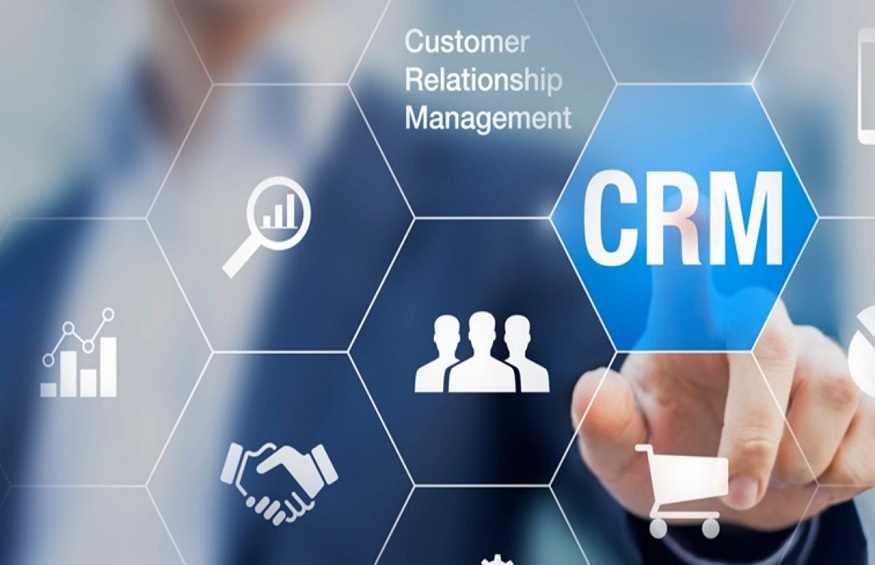Safety is one of the most critical concerns for the construction vertical because accident and fatality rates are alarming. According to OSHA statistics, 20% of worker fatalities in the private industry in 2019 were in this segment. It means one in five worker deaths happened in the construction industry. Evidently, business owners and project managers need to be extra cautious about construction safety management to cover the workers against such serious risks.
While you can consider having a reliable safety program in place with the implementation of Construction Safety Management Software, everything starts with identifying the hazards. After all, you can address the threats only if you know them well enough. A directionless approach, on the other hand, will lead the best plans to failure. Here are the most common safety on-site hazards that construction project managers need to address.
Working at height
Falling from height is one of the leading causes of worker fatalities in the domain. Even as you will require people to work at heights, it is still possible to curb the threat. Suitable training for employees who work at height is the best place to start. It is equally vital to provide personal protection equipment and install safety nets around the danger areas.
Slips and falls
Slips and falls are common on construction sites as they have uneven terrain, unused materials, and incomplete work. Managers need to take adequate measures to keep work areas and access routes clear. If there are obstacles around, workers must be informed well in advance. Having a construction software solution helps because it ensures seamless communication and keeps everyone on the same page.
Moving objects
Moving objects make another serious hazard that managers must address. These include overhead lifting equipment, diggers, and supply vehicles. They often operate around uneven terrain, which elevates the risk manifold. Workers should not be allowed to be in close proximity to these objects. Wearing PPEs must be mandatory if they have to be around risky objects.
Electricity
Another risk on sites is electrocution, as workers are exposed to live parts and wires at all times. Accidents may happen due to contact with underground or overhead power cables and electrical equipment. Workers may also get electrical injuries while falling from ladders or work platforms. The best way to deal with the hazard is to have qualified electricians constantly closing the loose ends on the project site.
Material and equipment handling
Workers need to handle materials and equipment on-site, which exposes them to a host of threats. Even a minor glitch while handling or carrying them around can cause serious accidents and threaten the lives of the workers. They should be trained to handle materials and equipment that involve hazards such as heavy loads and chemical exposure.
Asbestos exposure
Inhalation of asbestos fibre is a lesser-known risk for construction workers, but it is an extremely serious one. It can cause fatal diseases such as lung cancer, pleural thickening, and asbestosis. The best way to curb the hazard is by generating awareness about it. Managers need to inform workers about the high-risk areas and also train them about dealing with the risk.
Airborne materials
Apart from bearing the brunt of asbestos exposure, workers are also at risk of airborne materials like dust and toxic chemicals. Prolonged exposure can cause conditions such as asthma, silicosis, and chronic obstructive pulmonary disease. Employers should ensure the provision and use of protective equipment to reduce the threats of exposure to the labour force.
Collapsing trenches and structures
Collapsing of trenches is a common occurrence on project sites, and it can be life-threatening if there are workers inside. A structure may collapse even before completion due to the use of sub-standard materials or design flaws. Implementing Construction Safety Management Software is a good idea. It helps managers to keep track of every part of the site, from trenches to structures, and they can address accident risks even before they happen.
Noise
Noise is a hazard that businesses and managers often overlook, but exposure to loud and repetitive noise can result in long-term hearing problems and even deafness. It also elevates the risk of mishaps by distracting workers and getting their attention off the task at hand. Employers must conduct comprehensive noise risk assessments on-site and provide appropriate PPE where required.
COVID-19 outbreak
Right now, an outbreak of COVID-19 infection is the biggest concern for managers on construction sites. You need to make sure that workers follow the relevant precautions and social distancing norms as long as they are on the site. Using a construction software solution for scheduling is a good way to ensure that there are fewer people in every shift so that work continues with crowding the site.
Considering these on-site hazards, construction businesses need to prioritize safety and risk management. The initiative will safeguard your workforce, prevent accidents, and ensure that projects are completed on time and without disruptions. Moreover, safety management should not be a one-time initiative. You must assess and realign it from time to time to stay ahead of hazards.
Summary
Construction safety is a key concern for businesses and managers because there are many hazards and threats that typically prevail on project sites. Here is a list of ones you must know about and have a plan to manage them effectively.




